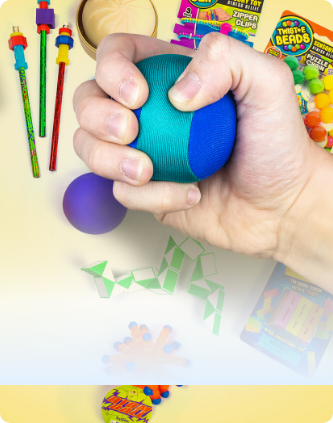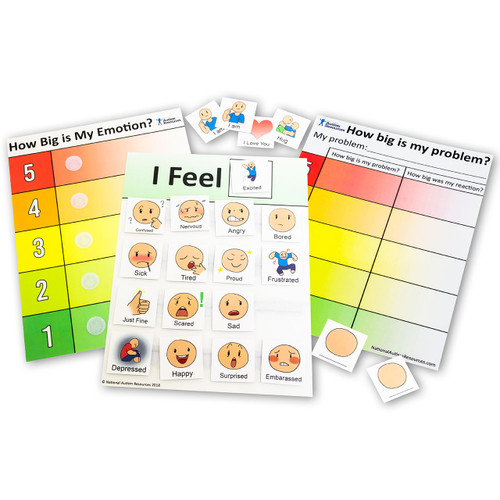
Product Details
Help your students learn to identify and talk about their emotions and behavior! The set is grounded in research and evidence-based methods to help students build CASEL skills in the areas of self-awareness and self-management by utilizing 3 main components: the I Feel Chart and Emotion Icons which will help your student identify their emotions and build their emotion vocabulary; the How Do I Feel Chart that will help students recognize the degree of emotion they are feeling; the Emotion/Reaction chart that will help students in a concrete manner understand how their emotions can drive their behavior.
This set includes:
Emotions Picture Cards: Happy, Sad, Angry, Bored, Surprised, Confused, Depressed, Embarrassed, Excited, Frustrated, Just Fine, Nervous, Proud, Scared, Sick, Tired, I have, I am, Hug and I love you. This set also includes four blank faces to make your own emotions.
-
I Feel Chart
-
How Big is My Emotion Chart
-
How Big is My Emotion / Reaction Chart
How to Use It:
When using the I Feel Chart you do not need to present all of the emotions icons at once. You may want to begin by presenting just Happy, Sad, Angry, and Surprised. Add more emotions icons as your student is able to recognize and understand more emotions. We have also included four blank emotion face icons so that you can identify and talk about more nuanced emotions as needed. Use a dry erase marker to draw on faces and label new emotions.
The How Big is My Emotion Chart helps teach the concept that each emotion has a range. Once a student feels comfortable identifying an emotion you can then talk about how big that emotion can be. For example, a person can feel a little sad if their favorite pencil breaks or very sad if their best friend moves away.
The Emotion/Reaction chart will help students identify if the size of their problem matched the size of their emotional reaction. For example, if a student gets bumped in the hall, the appropriate anger reaction should probably be a one. The student might feel a little tense, but then they should be able to take a deep breath and move on. In this case the size of the problem matches the size of the reaction. However, if after getting bumped a student hits someone, the size of their reaction does not match the size of the problem.
We have created a black and white version on the back of the How Big is My Emotion Chart and the Emotion/Reaction chart so that you can copy it and use it as a worksheet with your students. Use it to explore various scenarios to work on identifying the different ranges of each emotion.
Ages: All













